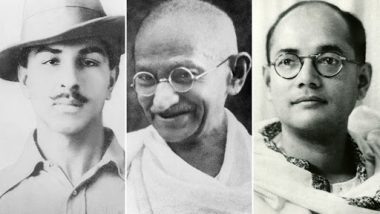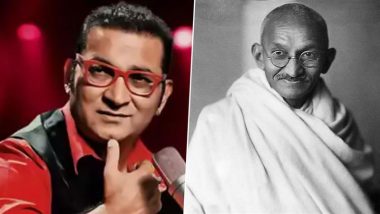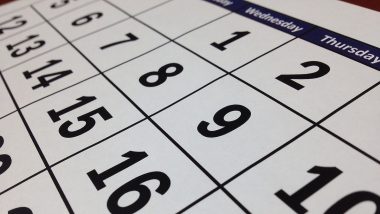India celebrates its Independence Day every year on August 15 with great enthusiasm and fervour. The historic day marks the end of the British rule in India. Britishers ruled the country for almost 200 years. The first war of Independence was fought in 1857 when several Indian princely states came together to fight against the British East India Company. Independence Day 2019: India Celebrates Its 73rd Independence Day; Know History and Significance of 15th of August Celebrations.
Though, the revolt was suppressed, it gave impetus to the freedom movement in India. Many brave-hearts sacrificed their lives to unshackle the nation from the intolerable slavery of the British rule. On this day, people in India pay homage to the freedom fighters and remember their revolutionary acts.
Let us remember the freedom fighters who stood up against the British rules:
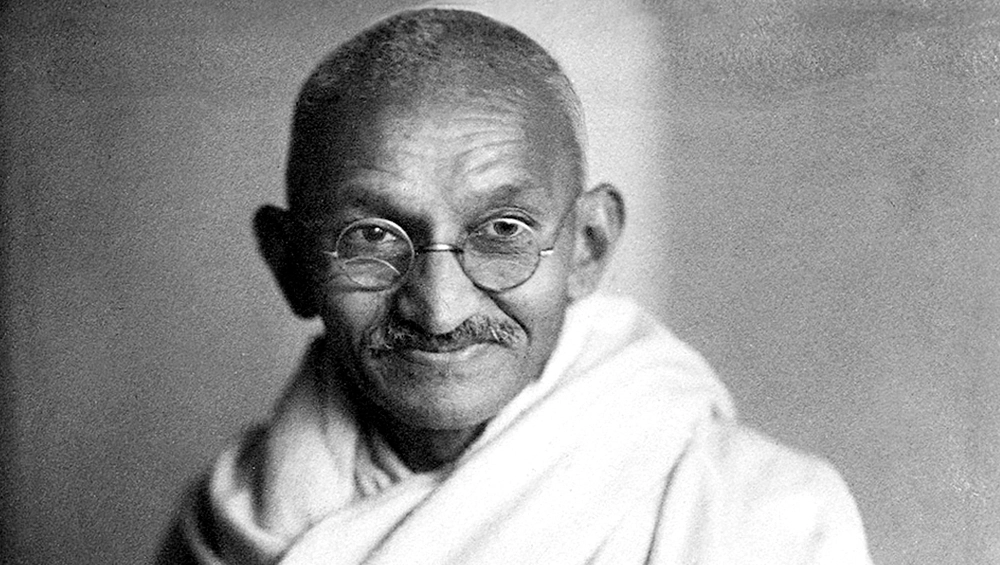
Mohandas Karamchand Gandhi was born on October 2, 1869, in Porbandar, Gujarat. He is also known as the ‘Father of the Nation.’ Gandhi followed a path of non-violence to fight against the British Rule. Satyagraha was among key principles to which Bapu stayed loyal till the end.
Bhagat Singh:
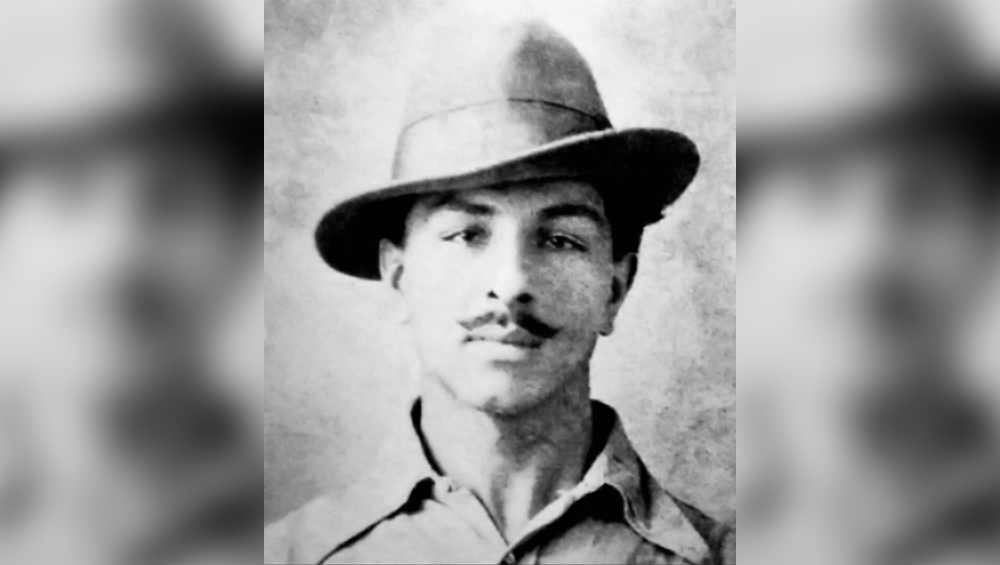
Shaheed-E-Azam Bhagat Singh was the most popular freedom fighter of Indian freedom struggle. His father and uncles were members of the revolutionary ‘Gaddar Party’. He joined Hindustan Republic Association, and later its name was changed to Hindustan Socialist and Republic Army. Bhagat Singh was arrested in 1929 after he threw a bomb inside legislative Assemble. He along with Rajguru and Sukhdev was hanged on March 23, 1931.
Subhash Chandra Bose:
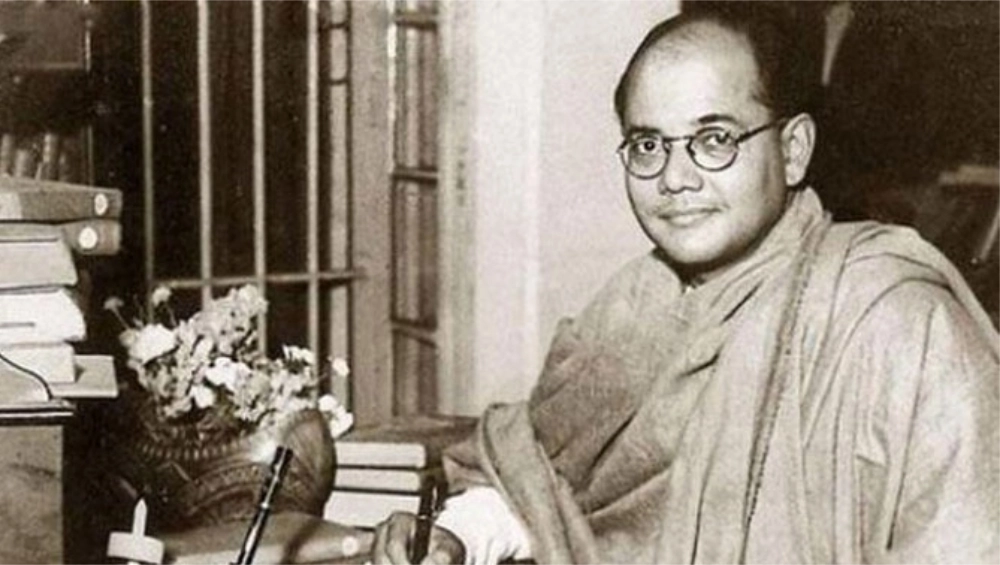 Netaji Subhash Chandra Bose
Netaji Subhash Chandra BosePopularly known as ‘Netaji’, formed Indian National Army (INA) to fight against the Britishers in the World War II. Netaji separated from the Congress as he was not happy with the party’s moderate approach of achieving its goal. He sought help from the Axis Powers against the British Army. In 1945 he died in a plane crash in Japan.
Chandra Shekhar Azad:
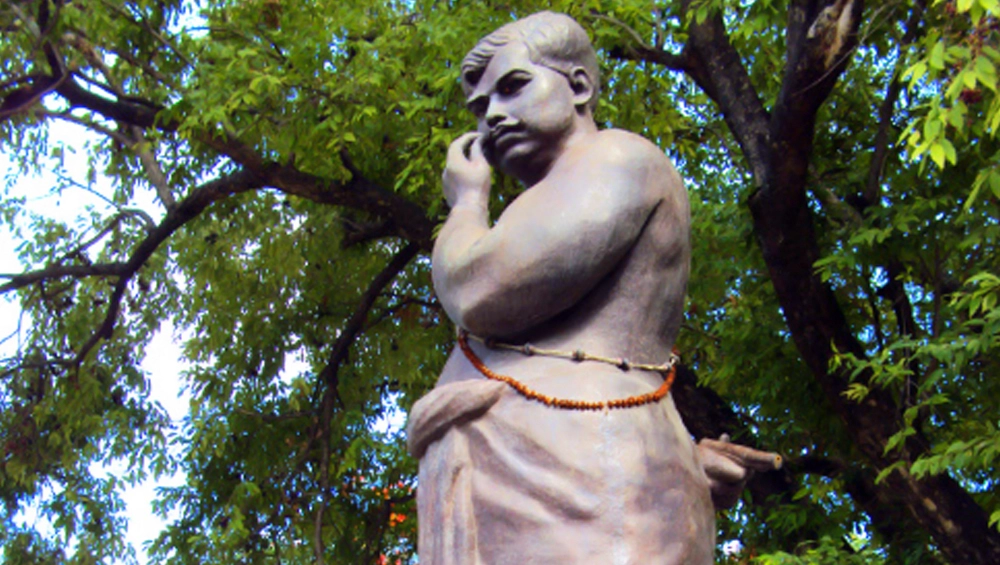
He was an Indian revolutionary and reorganised Hindustan Republic Association under a new name of Hindustan Socialist Republican Army. Azad was also a mentor of Bhagat Singh. Azad was involved in various activities against British Rule including the killing of J. P. Saunders at Lahore in 1928 to avenge the killing of Lala Lajpat Rai. He died on February 27, 1931, in Alfred Park in Allahabad during a police encounter. Azad shot himself with the last bullet he kept himself as he pledged not to be captured by the British police.
Ashfaqullah Khan:
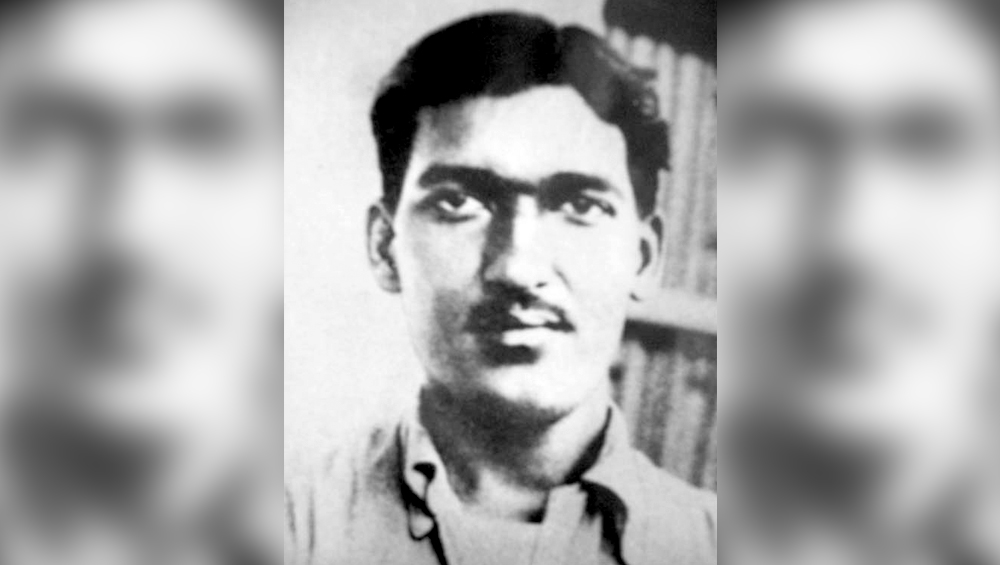
Khan was born in Shahjahanpur to Shafiqur Rahman and Mazharunissa. He was the youngest amongst his six siblings. Khan along with other revolutionaries like Ram Prasad Bismil and Chandrashekar Azad planned the Kakori train robbery to loot the British government’s treasury. He was given the death sentence in 1927.
Ram Prasad Bismil:
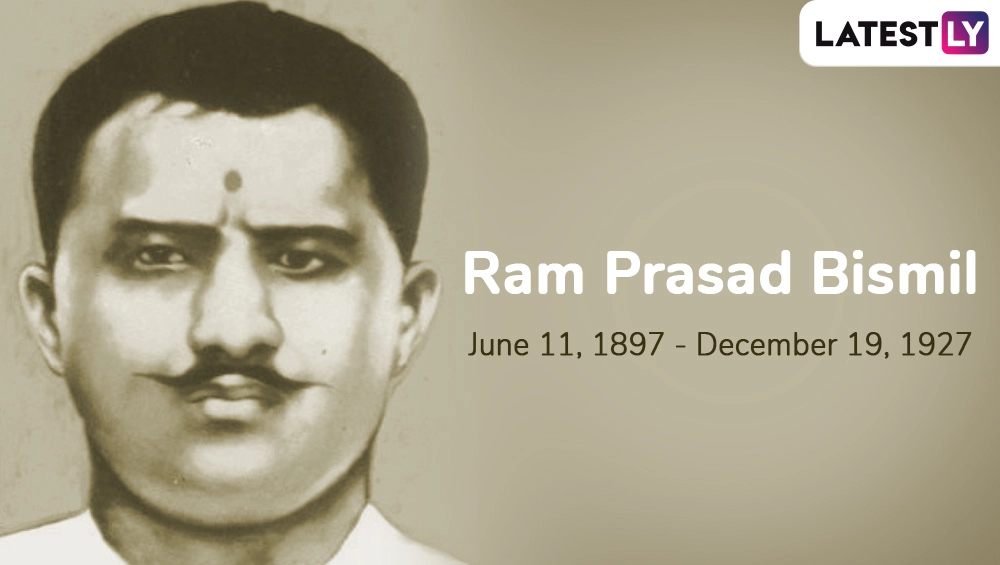
He was one of the founding members of Hindustan Republican Association. He was part of Mainpuri Conspiracy in 1918 and Kakori train robbery of 1925. Following 18 months of the legal process, Bismil, Ashfaqulla Khan, Roshan Singh and Rajendra Nath Lahiri were sentenced to death.
Lala Lajpat Rai:
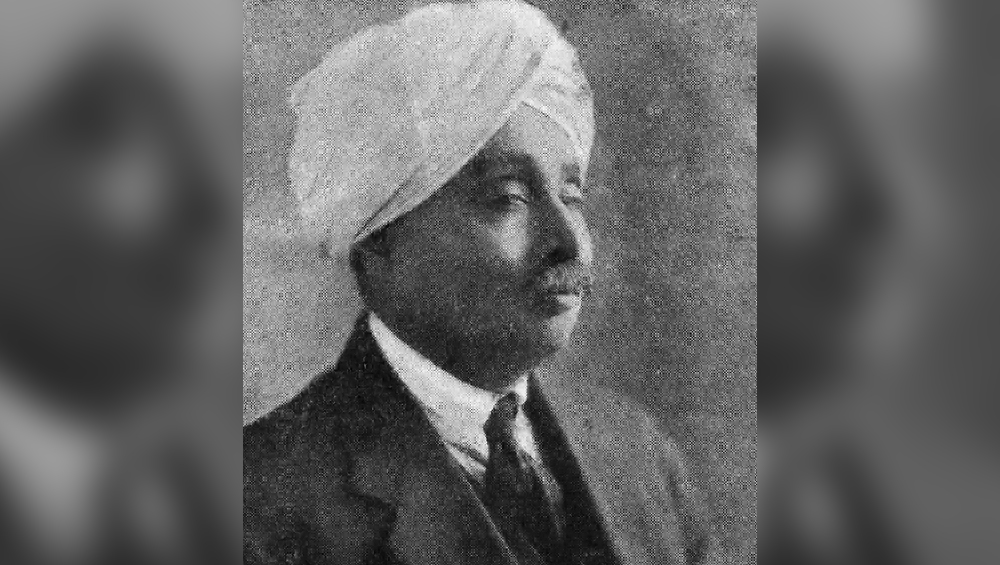
He was popularly known as ‘Punjab Kesari’(Lion of Punjab). After joining the Indian National Congress and taking part in political agitation in Punjab, Lala Lajpat Rai was deported to Mandalay, Myanmar without any trial in 1907. Rai was seriously injured in a lathi-charge by police during the protest against the Simon commission. Later, he succumbed to his injuries.
Shaheed Udham Singh:
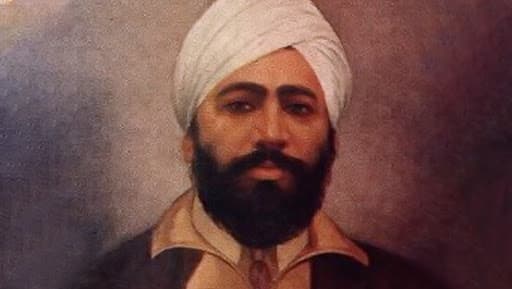
Shaheed Udham Singh was the one who killed former Lieutenant Governor of the Punjab Michael O’Dwyer on March 13, 1940. Singh assassinated O’Dwyer to avenge the Jallianwala Bagh Massacre.
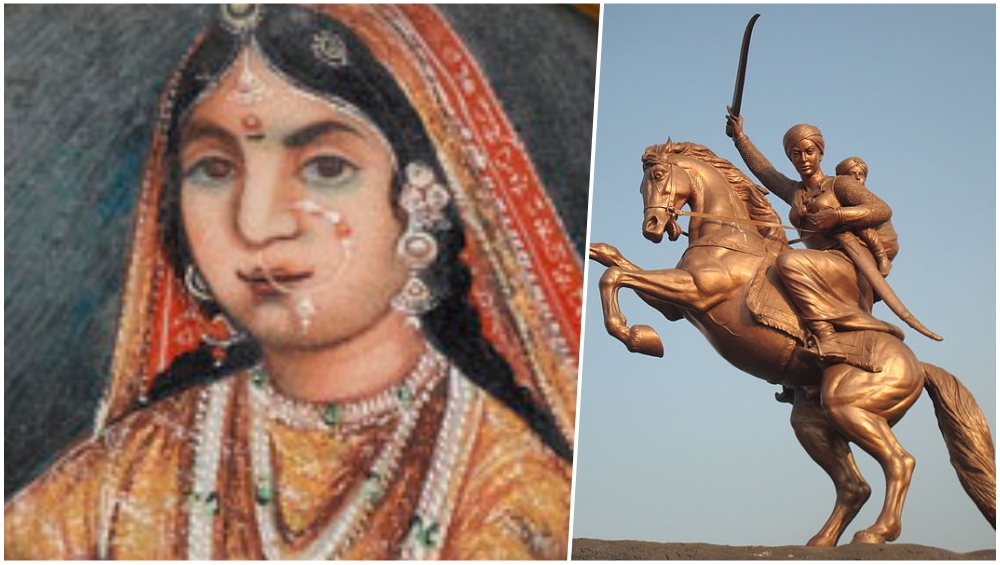
She was the queen of the princely state of Jhansi in North India currently present in Jhansi district in Uttar Pradesh. She was one of the leading figures of the Indian Rebellion of 1857. She died while fighting British East India Forces during the revolt.
On Independence Day, celebrations are held across the nation. Prime Minister of India unfurls the Tricolour on the ramparts of the Red Fort in the national capital. Major government buildings are also illuminated in tricolor lights. This year too, Prime Minister Narendra Modi will hoist the national flag after resuming the charge as the Prime Minister of India for the second consecutive time following BJP's thumping victory against the Congress in the 2019 Lok Sabha elections.
(The above story first appeared on LatestLY on Aug 11, 2019 11:33 PM IST. For more news and updates on politics, world, sports, entertainment and lifestyle, log on to our website latestly.com).




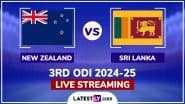

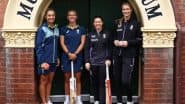
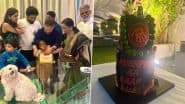
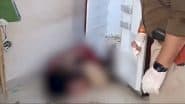

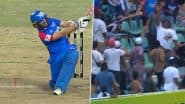


 Quickly
Quickly









